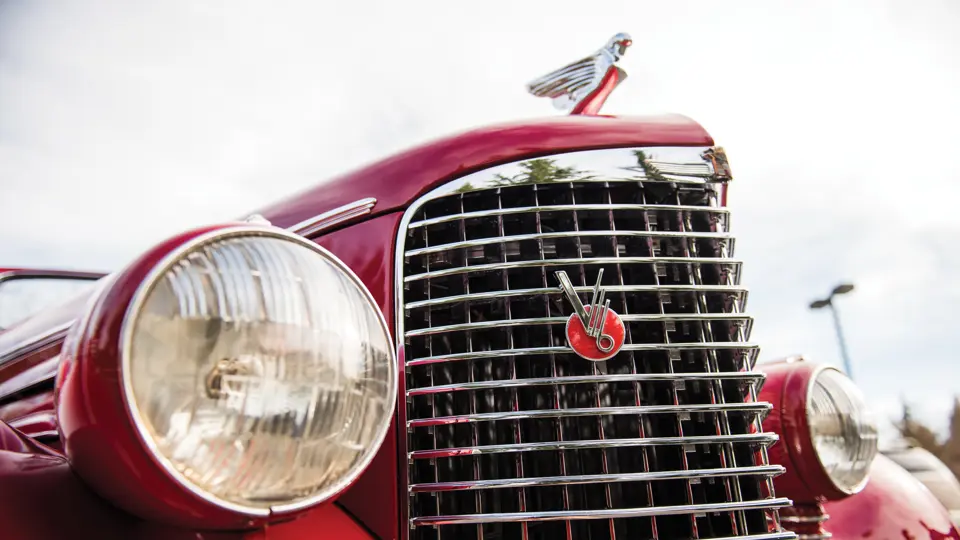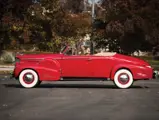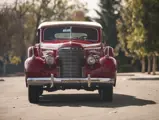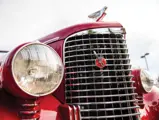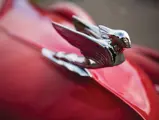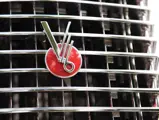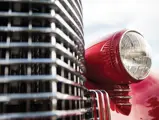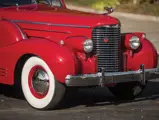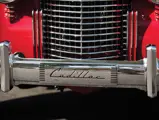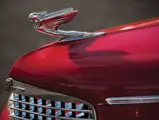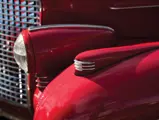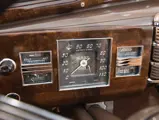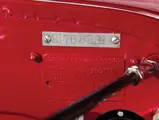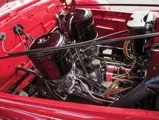Series 90. Body Style 9067. 185 bhp, 431 cu. in. L-head V-16 engine, three-speed selective synchromesh manual transmission, independent front suspension with coil-spring suspension, semi-floating rear axle, and four-wheel hydraulic drum brakes. Wheelbase: 141.25 in.
For 1938, Cadillac introduced its second-generation V-16 engine. More conventional in design than the original unit, it featured a simple side-valve configuration, packed in an unusual 135-degree bank angle (nearly horizontally opposed!), but it offered comparable horsepower and torque while weighing a remarkable 250 pounds less and being less costly to build. It was, in other words, a win-win situation, both for the enthusiasts, who loved the V-16’s superb performance, and for Cadillac, who was facing decreasing sales as the U.S. struggled to recover from the Great Depression.
The new engine was mounted on a shortened chassis of the same 141¼-inch wheelbase as the eight-cylinder Series 75, enabling the two series to share Fleetwood bodies (and enabling prices to be reduced from 1937 by a wide margin). Twelve body styles were catalogued for 1938 and 1939, comprising a full range of possible configurations, all with beautiful styling directed by GM’s young emerging legend, Bill Mitchell, that borrowed design cues from his very modern Series 60 Special.
The car offered here, engine number 5270250, was one of a mere 10 convertible coupes built on the Series 90 V-16 chassis in 1938. Its original build sheet, a copy of which is on file, notes that it was originally painted Moleskin Gray, a color code that matches the paint code (number 6) shown on the original Fleetwood firewall tag. Originally the car was sold in Rochester, New York, but had made its way to Pennsylvania by the 1960s. It was found along the famous Pennsylvania Turnpike by early CCCA member Ted Johnson and was subsequently restored for him by the well-known George Holman of Massachusetts.
Refinished some time ago in an attractive bright red, the car shows typical minor wear from age and use, including extensive paint checking on the rear of the body; the chrome is older but presentable. The brown leather interior shows wear around the edges from passengers’ arms but is intact and in overall good condition, requiring only a detailing. The wood-grain on the dashboard is absolutely beautiful, and the varnish on the wooden door caps has a rich shine. Under the hood, the engine bay is clean and presentable, as is the underside of the car. The Cadillac presently records 26,339 miles at the time of cataloguing.
An ideal CCCA CARavan car, this is one of the rarest of the late V-16s and promises its new owner a wealth of enjoyment on the open road.

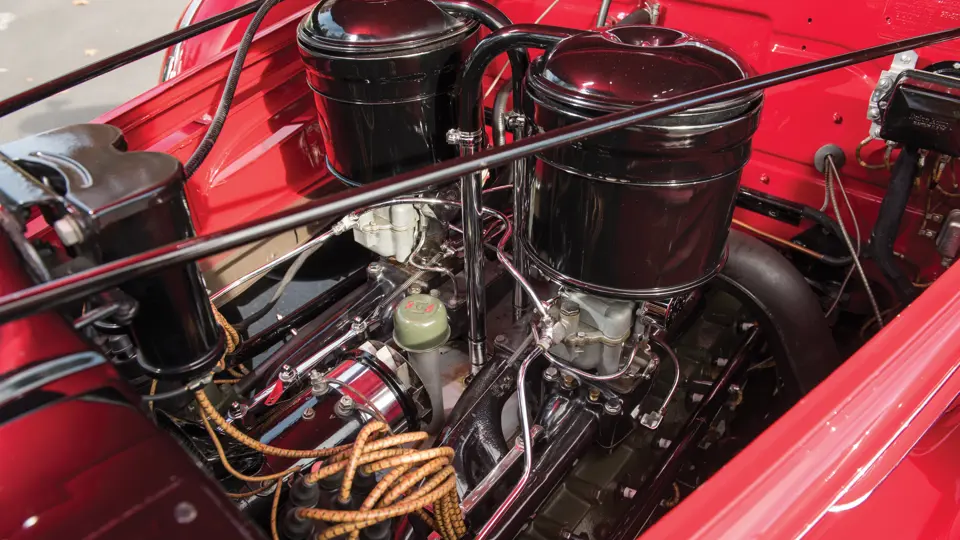


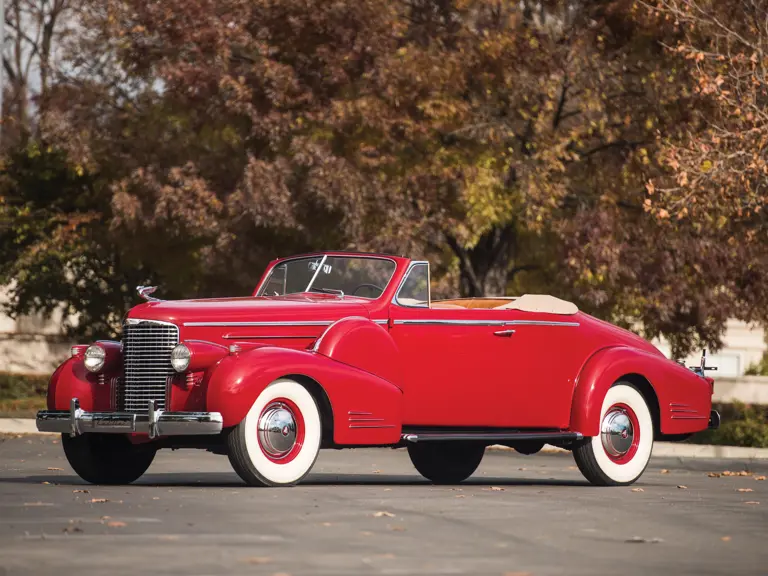
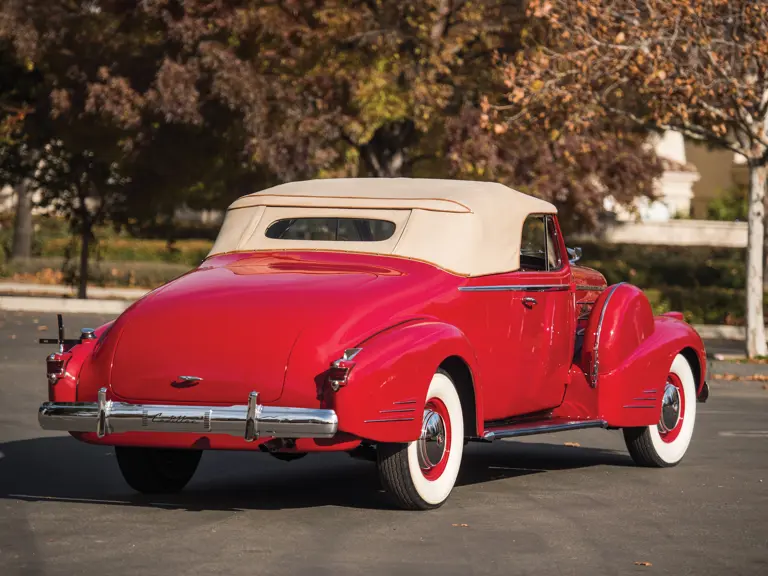
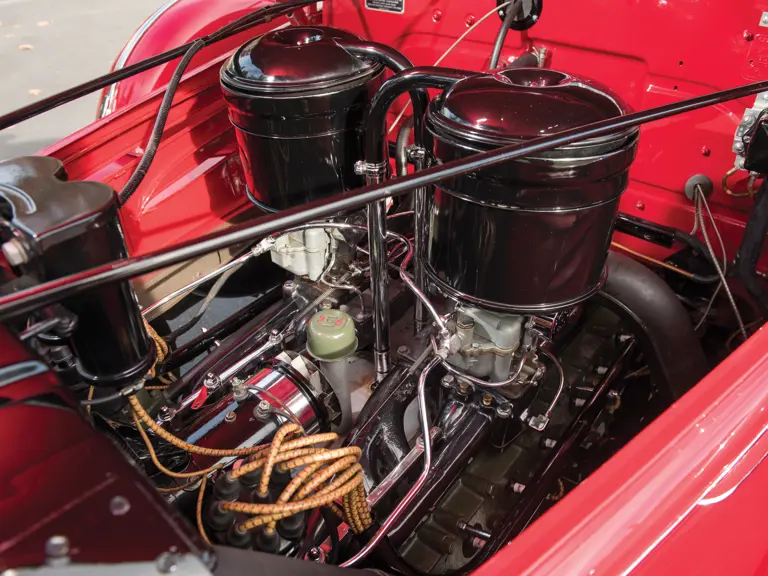
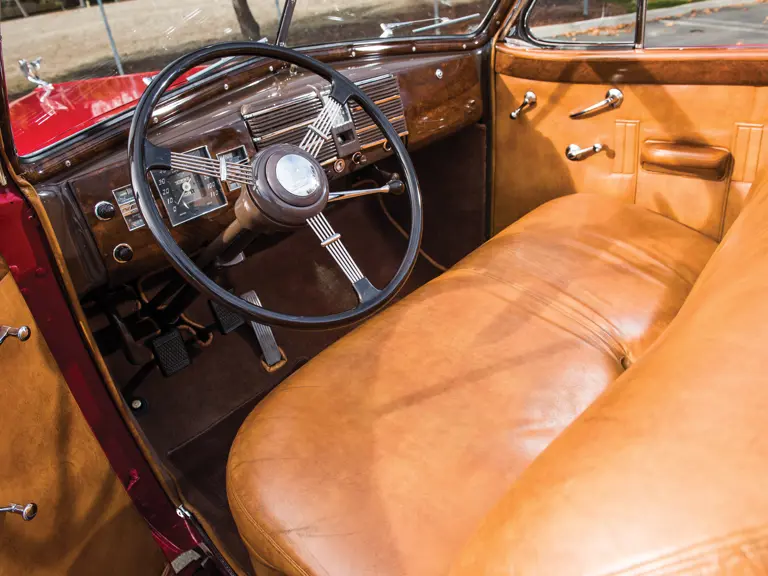
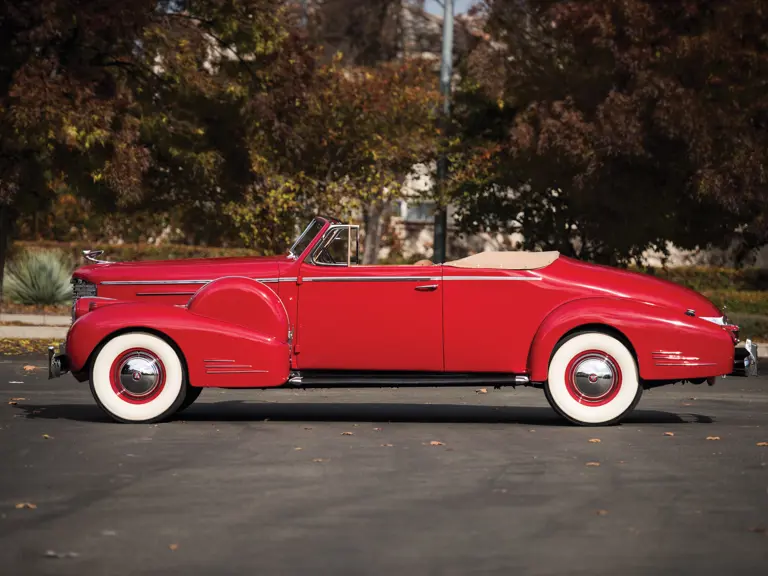

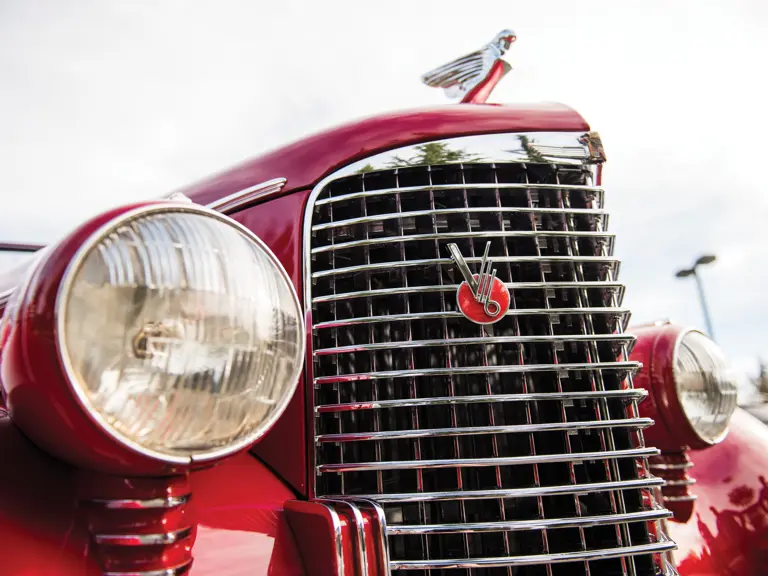
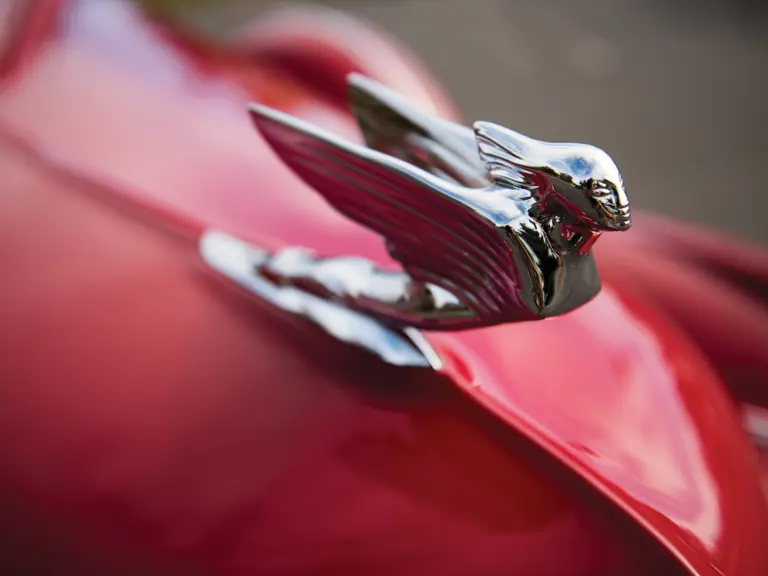
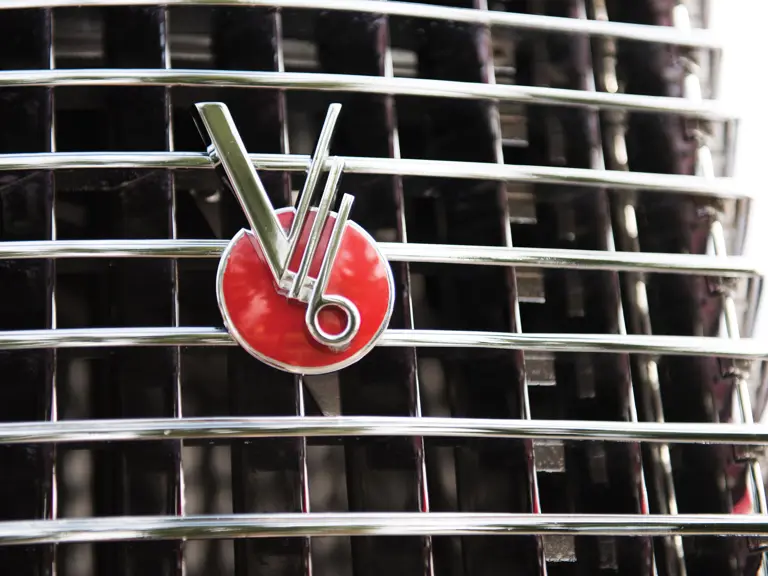
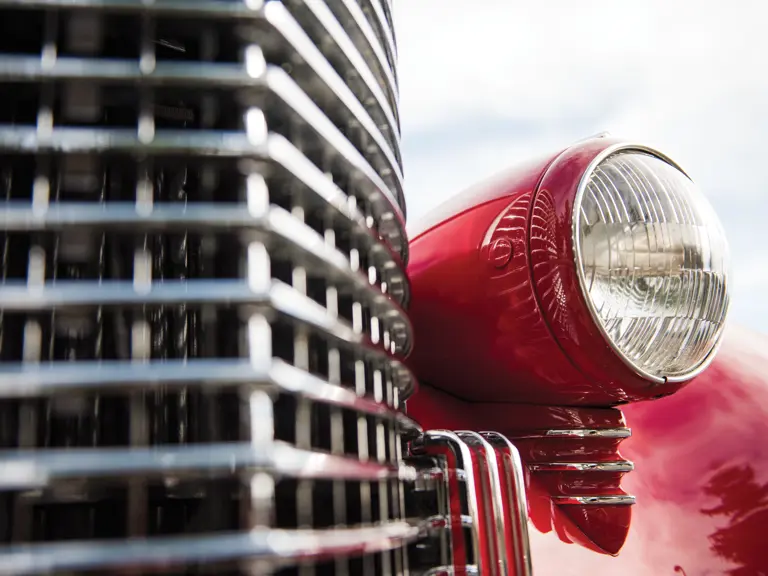

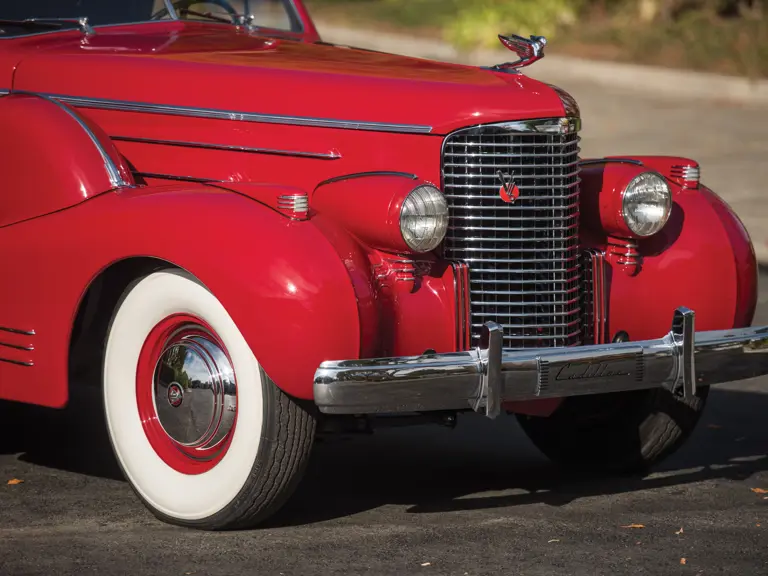
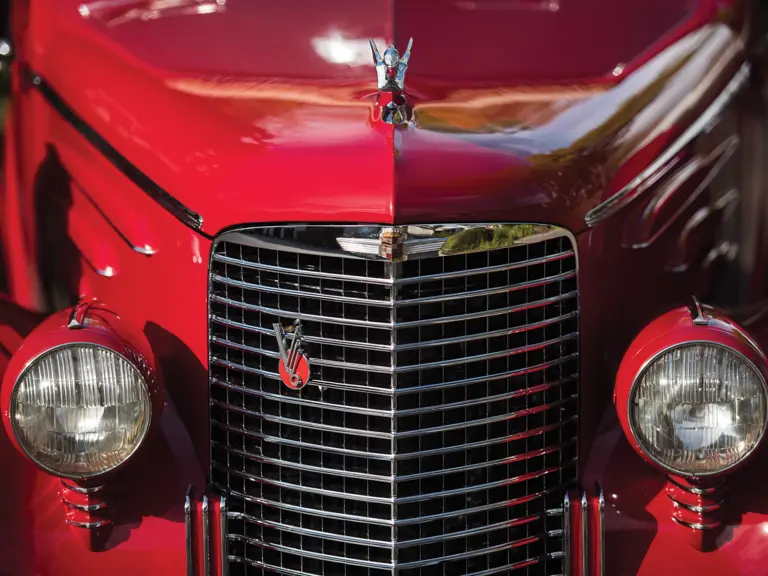
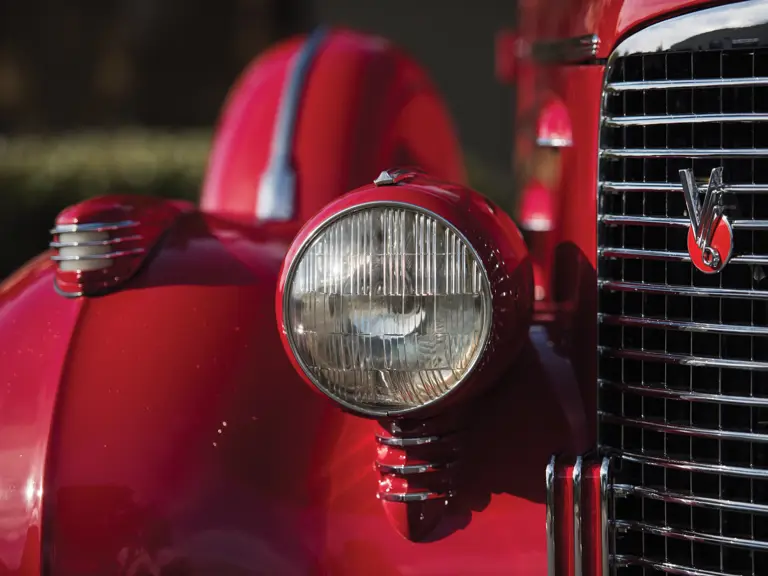
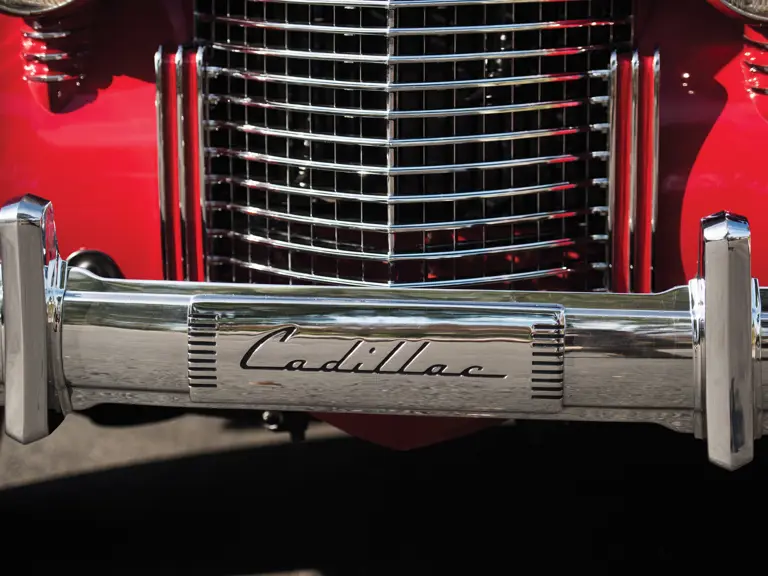
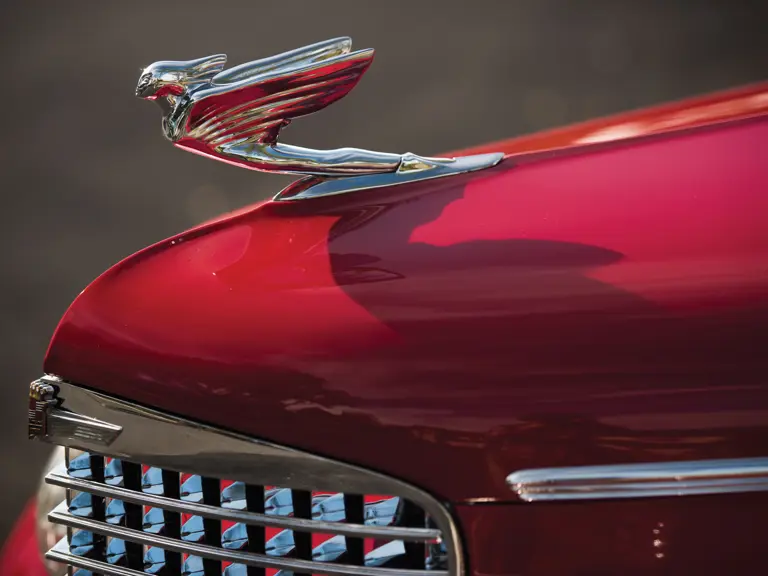
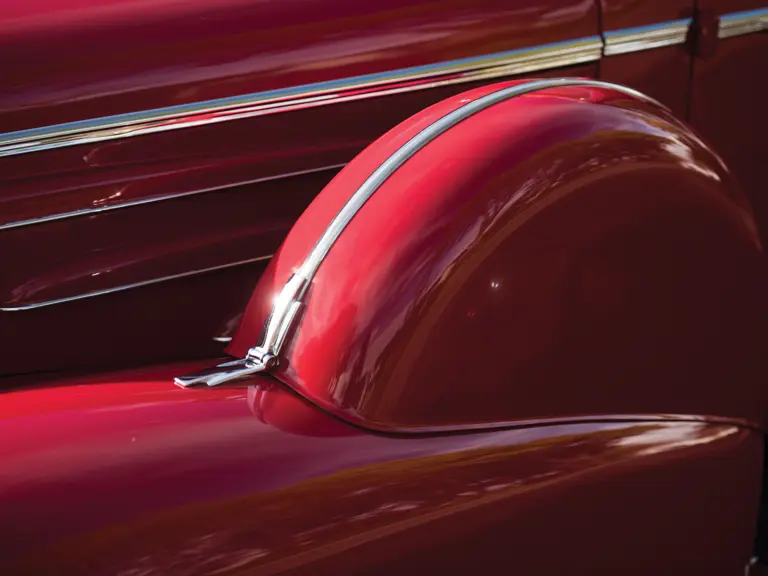

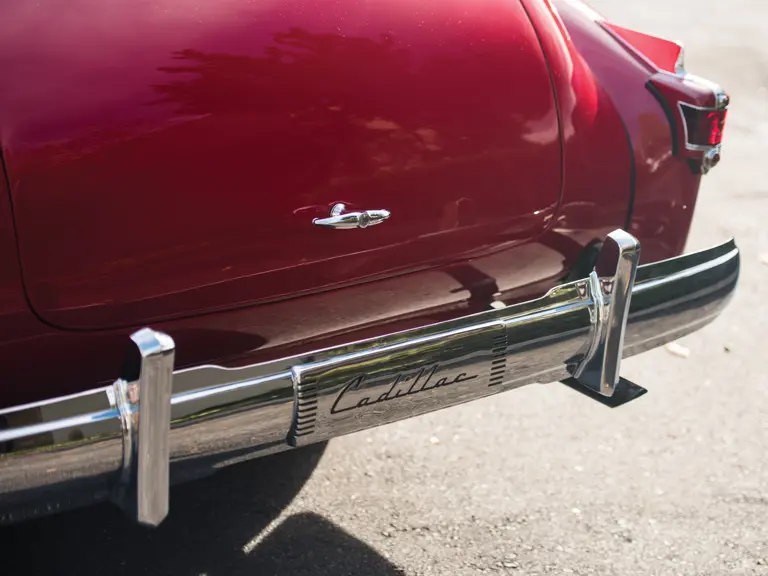
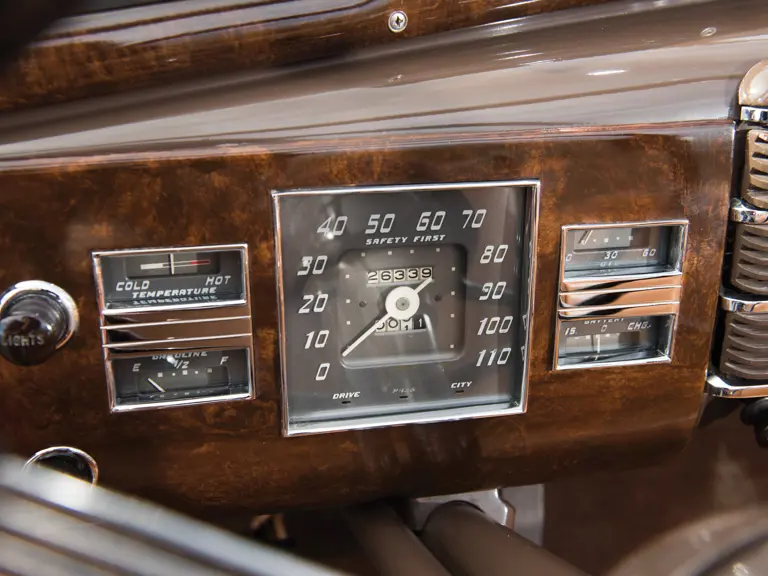
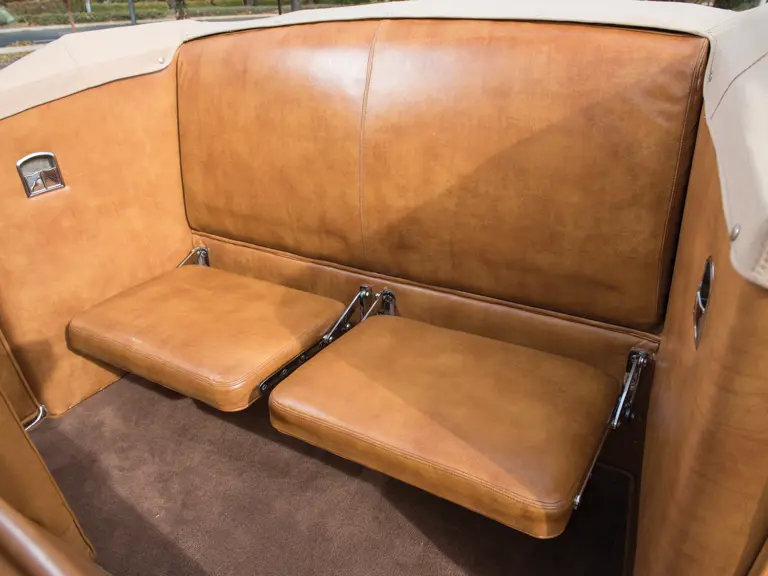
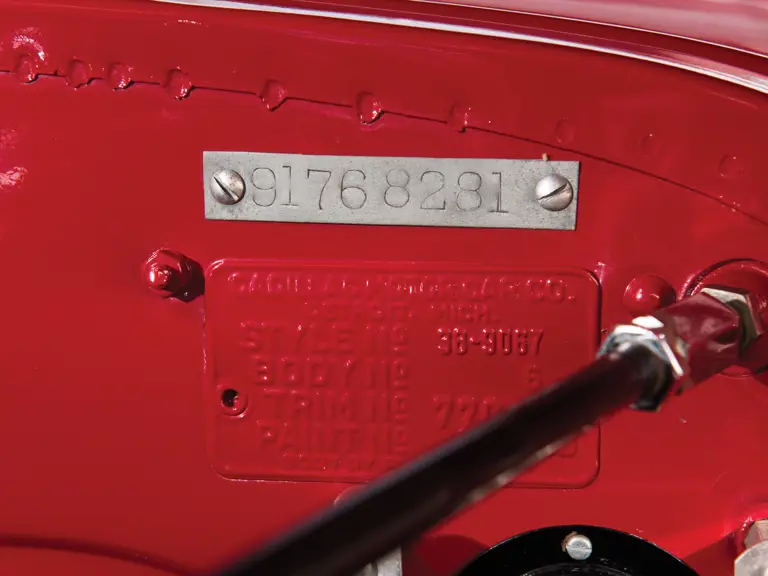
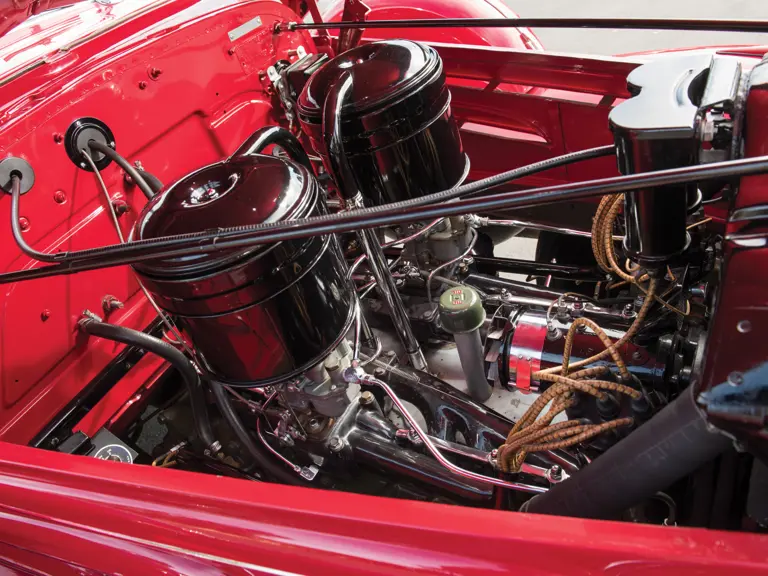
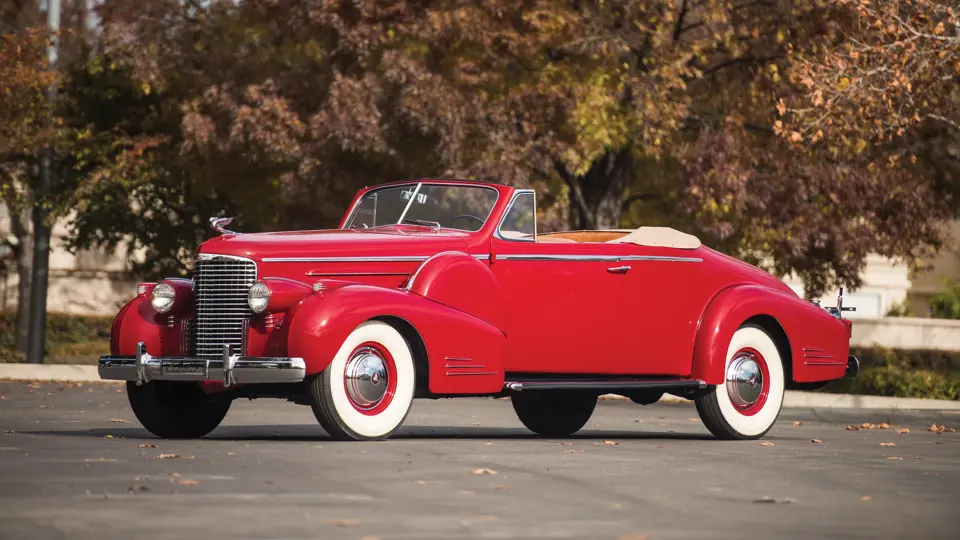
 | Phoenix, Arizona
| Phoenix, Arizona


